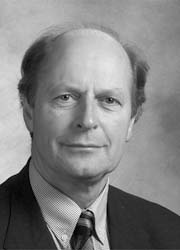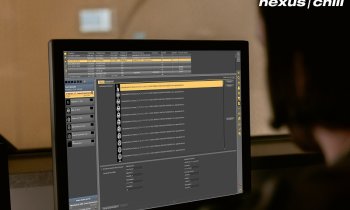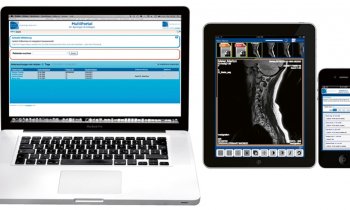Cardiovascular imaging
Communication but no consensus
The US finally did it: radiologists and cardiologists got together to draft guidelines for cardiovascular imaging procedures and define quality standards. However, Europe still awaits a binding consensus to end internal squabbles in hospitals. Meike Lerner, of European Hospital, discussed this situation with Professor Ernst E van der Wall MD, (right) Head of the Department of Cardiology at Leiden University Medical Centre, in the Netherlands, and Vice President of the ESC (European Society of Cardiology)

EvdW: Obviously, we’ve been discussing unified and clearly defined procedures in Europe – for years. So far, we have not been able to arrive at a pan-European solution. However, at local level there is an increasing rapprochement between cardiologists and radiologists. In my institution there is a constant exchange between ourselves and radiology colleagues. We have defined internal procedures that satisfy both sides and we co-operate closely. Most other hospitals handle this in a very similar way. What we don’t have is an agreement that is valid for all countries, but at the same time takes into account the requirements of the individual countries, and even hospitals. That’s the problem. In principle, cardiologists and radiologists agree that the best outcome, and best possible interpretation of images require joint efforts and exchange. The disciplines are linked – that’s a fact that physicians must internalise. Therefore, in the Netherlands we are about to create a special training in cardio-radiology - or radio-cardiology. This means that, at the end of his training, a cardiologist will spend a year in radiology and vice versa.
Another step forward is the fact that the professional associations, ESC (European Society of Cardiology) and the ESR (European Society of Radiology), organise joint congresses and seminars. Also, we should not forget nuclear medicine, another discipline with which we closely co-operate. That way the ECS guidelines for CT and MR and nuclear radiology came about in co-operation with the other associations and are recognised by them.
This sounds very harmonious, so why are there still disagreements?
The guidelines alone are not sufficient. We need standard protocols for quality assurance that also can be applied at local level. Moreover, some crucial issues remain to be solved: Which physician will scan which patient? How will the reimbursement be handled?
In terms of reimbursement, the DRGs will help, but they are not yet completely formulated and are currently still rather discipline-oriented. To me, a 50:50 split seems like a just solution.
In terms of responsibility, it’s also difficult to clearly define competencies. In my opinion, generating images is, in principle, a radiologist’s task, albeit in close co-operation with the cardiologist. The interpretation of images should be done jointly. But who should have the final say? The cardiologist knows the physiology of the heart, knows the patient and considered the scan necessary in the first place. The radiologist quite justifiably says: ‘I am more than a photographer. I’ve studied medicine and I’m the specialist when it comes to interpreting images.’ Consequently, the radiologist should assess which further procedures might be indicated for the patient and he or she should analyse the images with the cardiologist. The cardiologist, in turn, should be the one to formulate the diagnosis. This is a rather theoretical solution of the problem which, in every day life, obviously often leads to a stalemate.
The definition of procedures and responsibilities as well as standard protocols is the goal we ultimately want to reach together with radiologists and nuclear medicine specialists – as well as with surgeons. There is one thing we cardiologists must not forget: imaging procedures in cardiology are here to stay only if we co-operate closely with radiologists.
Despite all disagreements, the intensive discussions were fruitful and we are making progress. I’m convinced we will have a European consensus paper by 2010. The groundwork has been laid in our joint congresses and with the routine updates of our guidelines. I am very optimistic.
08.03.2007










